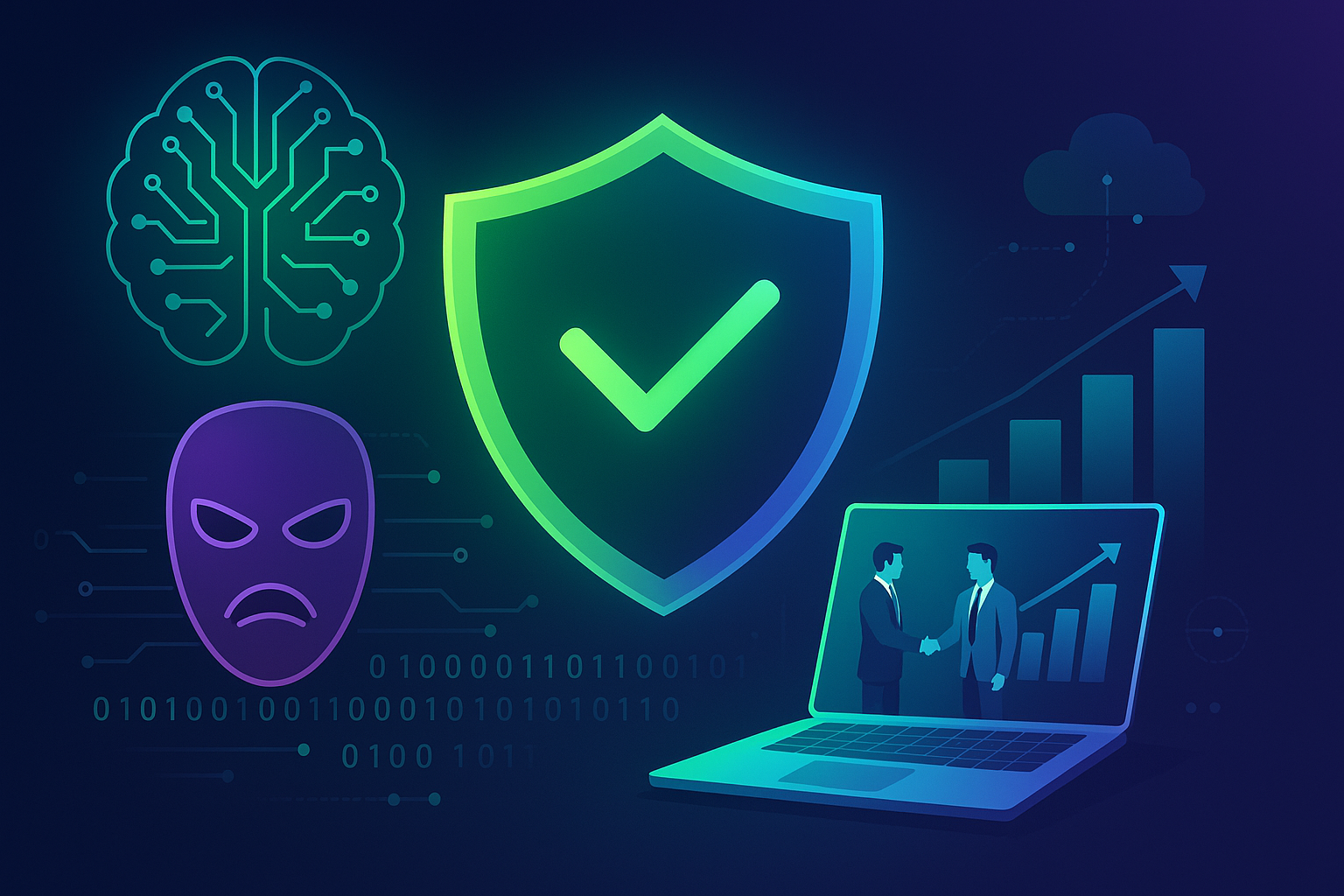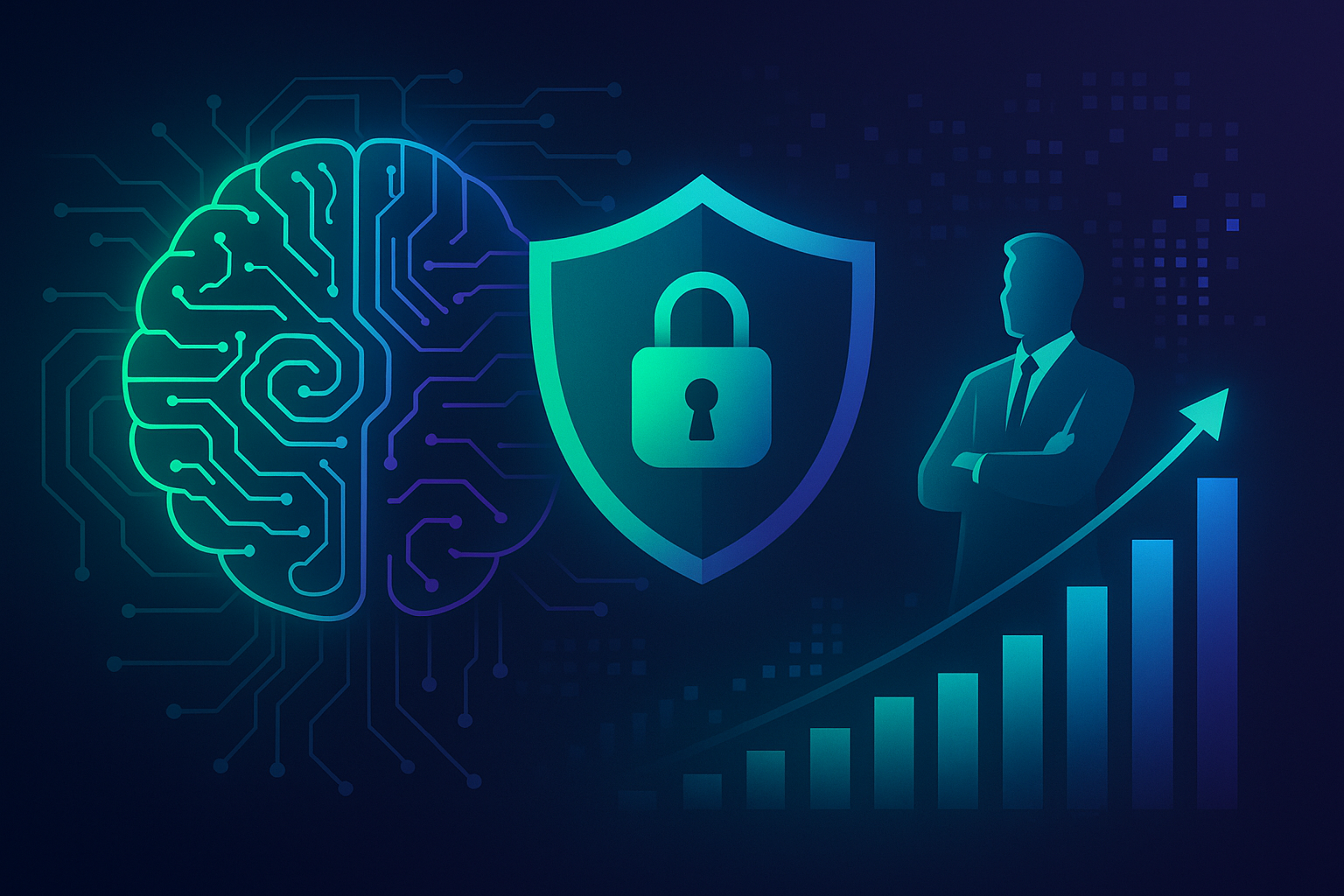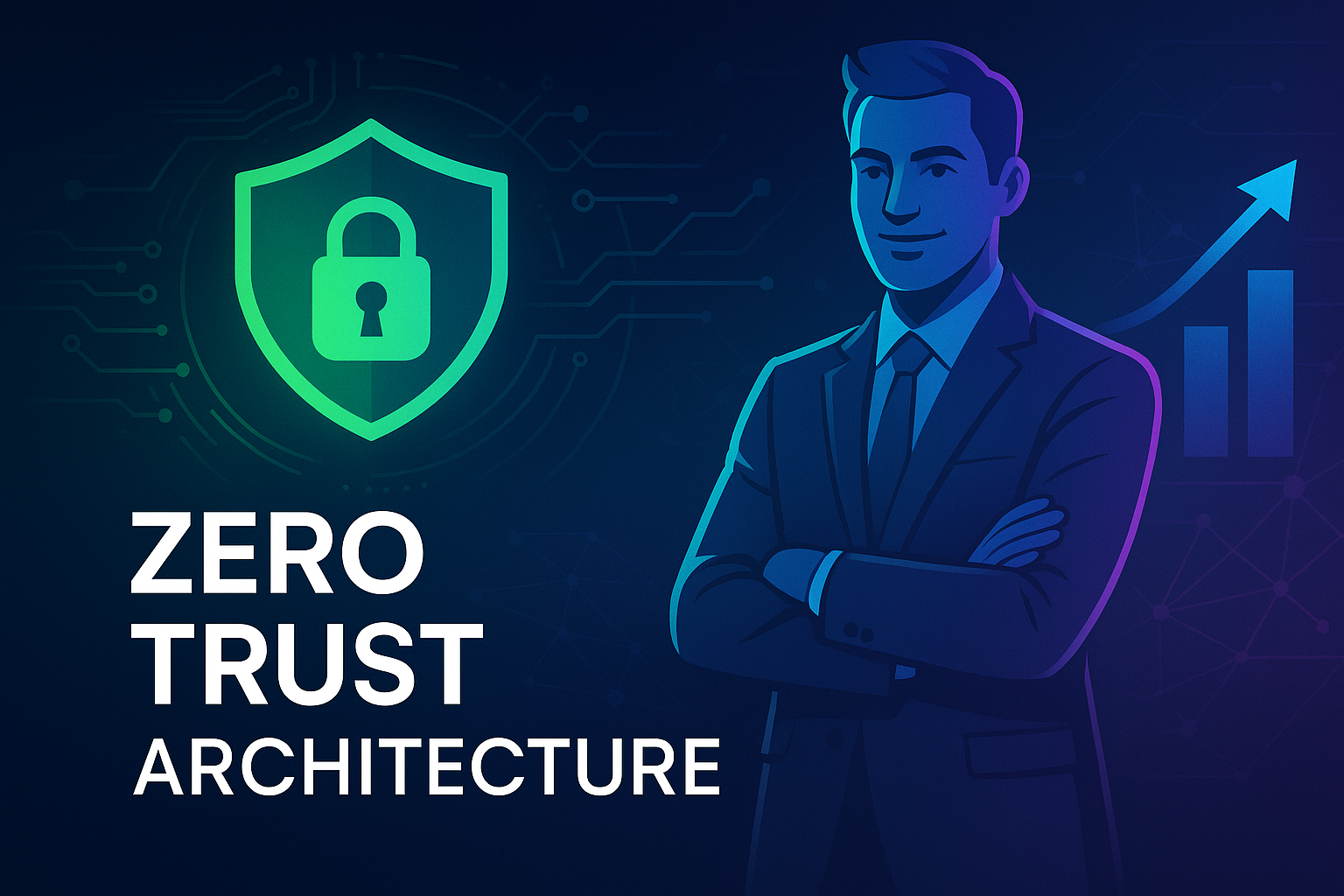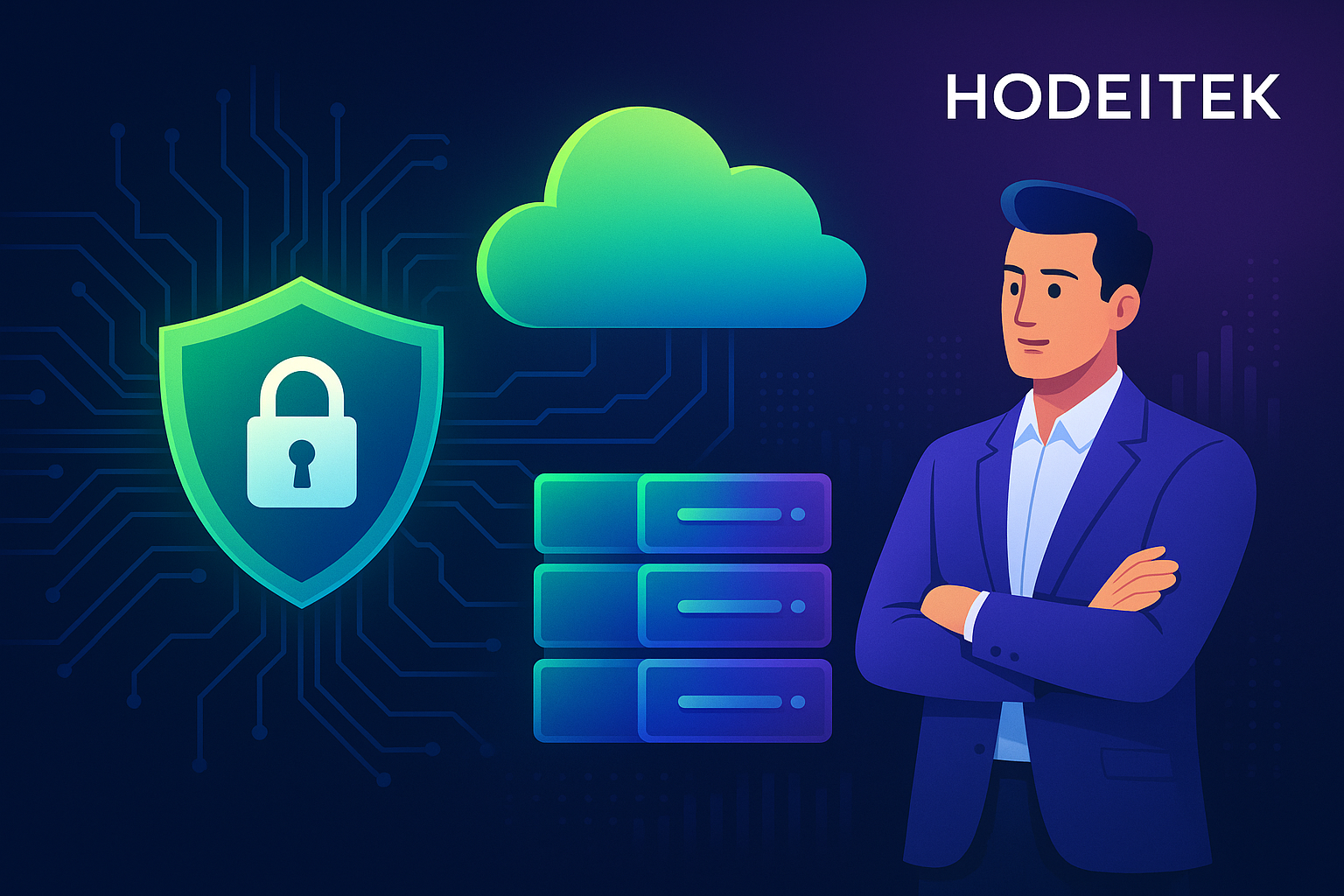Understanding the Threat: Hackers Hijacking MFA-Enabled Accounts
In recent years, the landscape of cybersecurity has faced numerous challenges, one of which involves the alarming trend of hackers targeting multi-factor authentication (MFA)-enabled accounts. The sophistication of these cybercriminals has reached new heights, and security experts are sounding the alarm over the potential vulnerabilities even in seemingly secure systems. This article delves into this pressing issue, examines the mechanisms hackers use, and highlights the importance of robust cybersecurity measures for businesses and individuals alike, particularly across Europe and beyond.
The Anatomy of an MFA Hijack
Multi-factor authentication is designed as a security enhancement that requires multiple forms of verification before granting access. Typically, this involves something you know (a password), something you have (a smartphone app or physical token), and something you are (biometric verification). However, hackers have developed advanced phishing techniques, man-in-the-middle attacks, and social engineering tactics to bypass MFA, as reported in various security incidents.
How Attackers Exploit MFA
Attackers often exploit MFA by using a method known as “MFA prompt bombing.” This involves repeatedly sending authentication requests to a target until they inadvertently approve one, often out of fatigue or confusion. Other methods include session hijacking and exploiting vulnerabilities in the authentication flow of web applications. For a deeper understanding, services like Cyber Threat Intelligence (CTI) can be crucial. CTI provides insights into emerging threat landscapes, enabling businesses to anticipate and mitigate these types of attacks before they occur.
The Impact on Businesses and Key Industries
Companies, especially those in sensitive sectors such as finance and healthcare across Europe and globally, are particularly vulnerable to these kinds of threats. A compromised MFA system can lead to unauthorized access to corporate systems, data breaches, and significant financial losses. A study by the Ponemon Institute found that the average cost of a data breach is approximately $3.86 million, heightening the imperative for fortified security measures.
Protecting Your Business
One effective solution is implementing a SOC as a Service (SOCaaS) 24×7, which provides continuous monitoring of your network, endpoints, and activities. SOC services utilize the latest technology and expertise to detect, respond, and neutralize threats in real-time, ensuring that potential breaches are addressed before they impact your business operations.
Effective Cybersecurity Strategies
In response to escalating threats, businesses should adopt a layered security approach. This includes deploying advanced security measures such as Next Generation Firewalls (NGFWs), which offer deep packet inspection, intrusion prevention, and comprehensive threat assessment capabilities. NGFWs are pivotal in identifying and blocking suspicious activities that traditional firewalls may miss.
The Role of EDR, XDR, and MDR
Additionally, implementing Endpoint Detection and Response (EDR), Extended Detection and Response (XDR), and Managed Detection and Response (MDR) solutions provides deeper visibility into endpoint activities and broad telemetry across networks. These solutions enable quicker threat detection and remediation actions. By integrating such advanced technologies, detailed on our EDR, XDR, and MDR services page, businesses can effectively mitigate risks associated with MFA bypass attempts.
Pre-emptive Measures and Employee Training
Educating employees on the dangers of phishing and cultivating a culture of cybersecurity awareness are critical in defending against social engineering attacks. Regular training sessions and simulated exercises can foster vigilance and empower employees to recognize and respond to potential threats effectively.
Implementing a Robust Security Framework
For organizations, utilizing a Vulnerability Management as a Service (VMaaS) can help identify and patch vulnerabilities throughout the IT infrastructure. Regular assessments and updates ensure that systems remain protected against newly discovered vulnerabilities, reducing the attack surface available to cyber adversaries.
Expanding Cybersecurity Capabilities
In addition to on-premise solutions, leveraging cloud-based security services like Web Application Firewalls (WAFs) provides an added layer of protection for web applications against OWASP top 10 threats, including SQL injection and cross-site scripting. WAFs actively monitor, filter, and block HTTP requests to prevent data breaches and maintain the integrity of web services.
Data Loss Prevention (DLP) Strategies
You cannot overlook the importance of Data Loss Prevention (DLP) in safeguarding sensitive company information. DLP technologies manage and protect data in motion, at rest, and in use, helping prevent unauthorized access or inadvertent sharing of confidential data.
Conclusion
The threat of hackers hijacking MFA-enabled accounts is a stark reminder that no system is impervious to cyberattacks. By adopting comprehensive cybersecurity strategies and leveraging the array of services available, such as those offered by Hodeitek’s Cybersecurity solutions, organizations can significantly bolster their defenses and safeguard their digital assets.
For personalized consultations on strengthening your organization’s cybersecurity stance, contact us today. Our team of experts is ready to assist with tailored solutions designed to meet your unique security needs and future-proof your operations against evolving threats.






